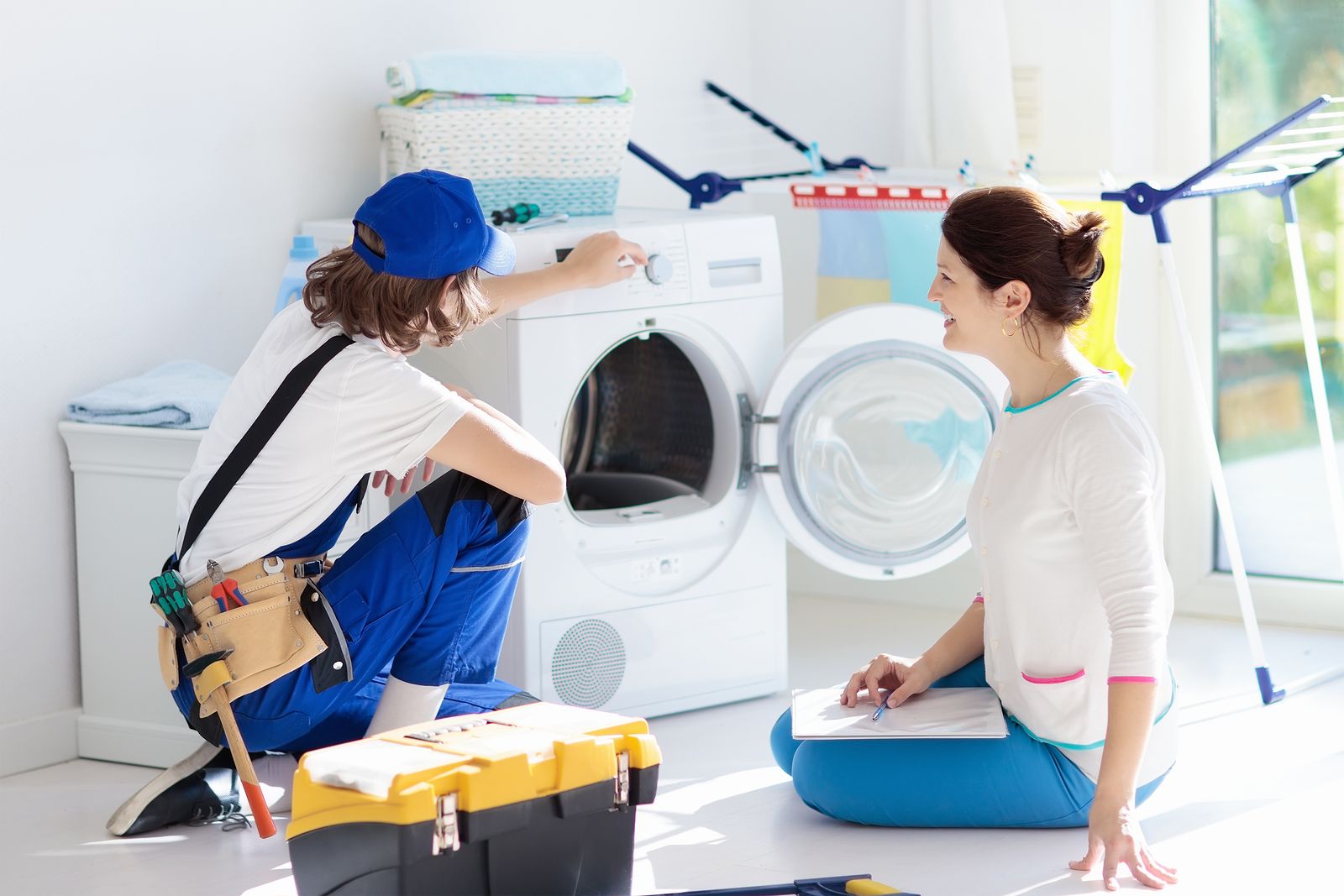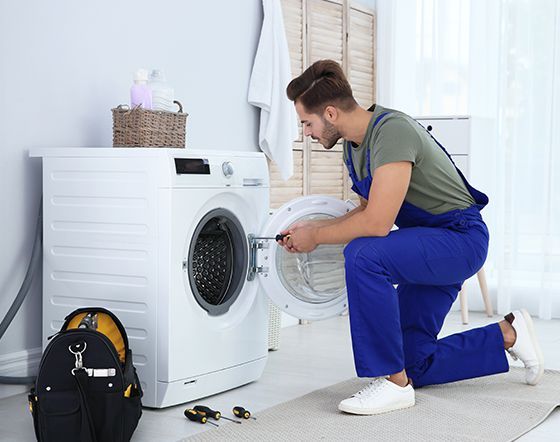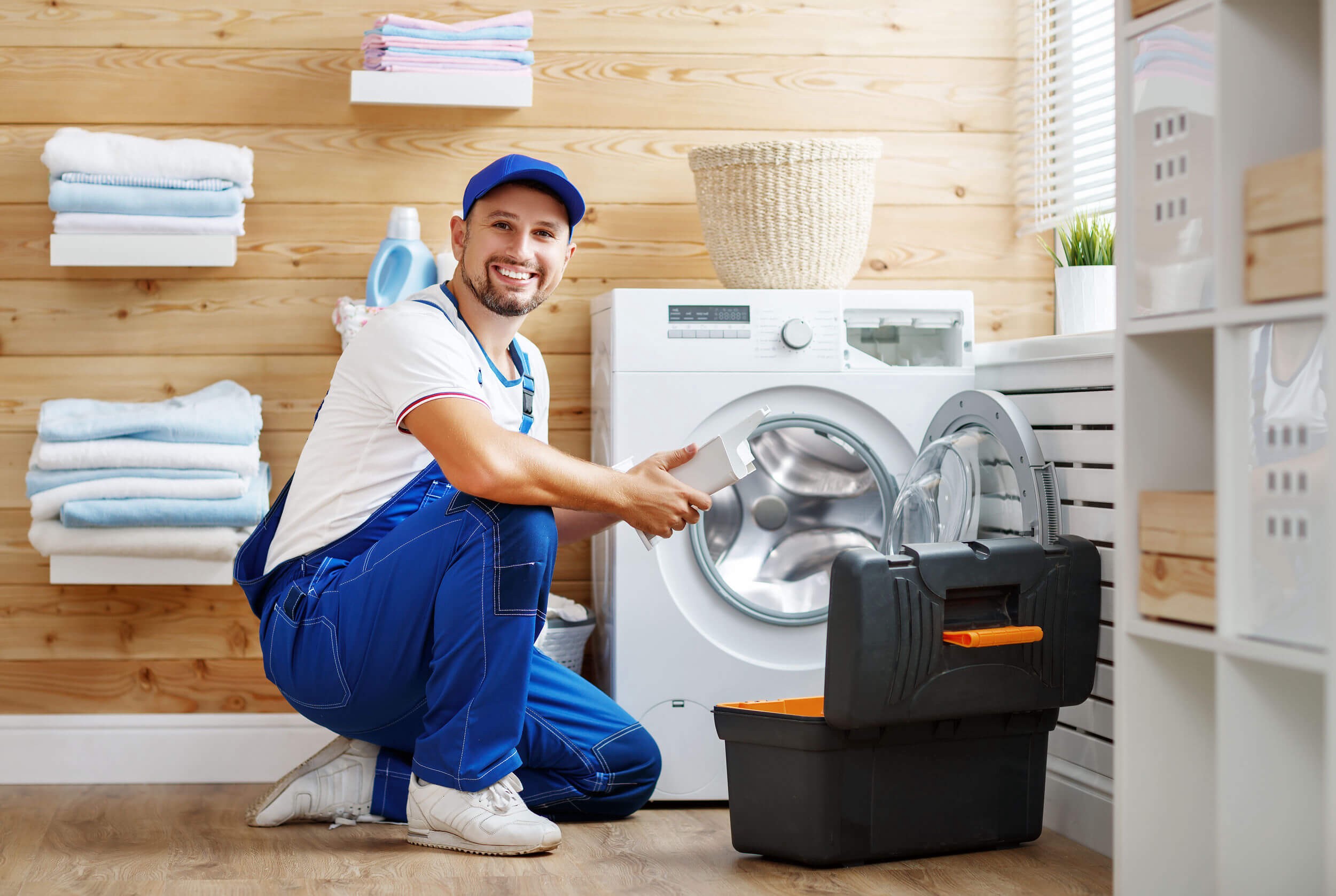A washing machine not taking water can be a frustrating issue, especially when you’re in the middle of doing laundry. If your machine is refusing to fill up, it can halt your laundry process and cause unnecessary delays. Understanding the possible reasons behind this malfunction and how to resolve them can help you avoid further inconvenience. In this article, we will explore common causes for why your washing machine might not be taking water, offer troubleshooting tips, and suggest when it’s time to call in professionals for washing machine repair in Dubai. For reliable and fast service, you can always reach out to Al Bahlool for expert assistance.
For more details, feel free to contact us at +971563282734 or visit our Al Bahlool Services page.
Why Is My Washing Machine Not Taking Water?
When your washing machine refuses to take in water, there could be several reasons behind it. These issues may be related to the water supply, the machine’s internal components, or even a technical fault that requires professional repair.
Here are the most common causes:
1. Water Supply Issues
One of the simplest reasons your washing machine isn’t taking water could be an issue with the water supply. Before diving into more complex issues, it’s essential to rule out any problems with the water source.
Clogged Water Inlet Valve
The water inlet valve controls the flow of water into the washing machine. Over time, it can become clogged with debris or mineral deposits, especially if you live in an area with hard water. When this happens, the valve can’t open properly to allow water to flow into the machine.
To fix this issue:
- Check the water inlet valve for any visible signs of blockages or build-up.
- Clean the inlet valve and ensure that it opens correctly when the machine starts. You may need to use a soft brush to remove any debris.
- If cleaning doesn’t work, you may need to replace the inlet valve.
Turned Off Water Supply
Sometimes, the issue may be as simple as the water supply to the washing machine being turned off. Ensure that the faucets supplying water to your washing machine are fully open.
2. Faulty Water Hose
The water hose is responsible for delivering water from the tap to the washing machine. If the hose is kinked, clogged, or damaged, water cannot flow freely into the machine.
To check the water hose:
- Inspect the hose for any visible signs of damage, twists, or blockages.
- Clear any blockages in the hose, if present.
- If the hose is damaged, replace it with a new one to ensure proper water flow.
3. Blocked or Clogged Filter
Washing machines come with filters designed to trap debris and prevent it from entering the machine’s internal components. If the filter becomes clogged, it can disrupt the water intake process and prevent water from entering the drum.
To check for a clogged filter:
- Locate the filter (usually found near the water inlet valve or in the drainage system).
- Remove any debris or dirt that has accumulated in the filter.
- Clean the filter thoroughly and check if the issue is resolved.
4. Defective Pressure Switch
The pressure switch monitors the water level in the washing machine. If the pressure switch malfunctions, the washing machine may fail to recognize that it needs more water, preventing it from filling up.
To troubleshoot the pressure switch:
- Check the pressure switch for signs of damage.
- Test the switch with a multimeter to see if it’s working correctly.
- If the switch is defective, it will need to be replaced by a professional.
5. Malfunctioning Solenoid Valve
The solenoid valve is another key component of the washing machine’s water intake system. It controls the flow of water from the hose into the machine and is typically controlled by the control board. If the solenoid valve is faulty, the washing machine may not take water.
To fix a malfunctioning solenoid valve:
- Inspect the solenoid valve for signs of corrosion or damage.
- Test the valve with a multimeter to ensure it is functioning.
- If the valve is faulty, you may need to replace it.
6. Water Pressure Issues
If your washing machine isn’t getting enough water, it could be due to low water pressure. Low water pressure can occur if there is an issue with the plumbing in your home or if the water supply is not functioning at full capacity.
To address water pressure issues:
- Check the water pressure in your area to see if it’s low.
- Test the pressure using a pressure gauge.
- If you find that the pressure is low, you may need to consult a plumber to address the issue.
What to Do When Your Washing Machine Is Not Taking Water?
Now that you know some of the common causes for a washing machine not taking water, you can troubleshoot these issues by yourself. Here are the steps to follow:
1. Check the Water Supply
Start by making sure the water supply to your washing machine is turned on. Check both the faucets that supply water to the washing machine and ensure there is no issue with the water flow.
2. Inspect the Water Hose and Inlet Valve
Next, inspect the water hose and inlet valve. Make sure the hose isn’t kinked or clogged, and check that the inlet valve is free from debris.
3. Clean or Replace the Filter
If your washing machine has a filter, make sure it is clean and free from any blockages. A clogged filter can prevent water from flowing into the machine.
4. Test the Pressure Switch and Solenoid Valve
If the above steps don’t resolve the issue, it may be time to test the pressure switch and solenoid valve. These components are more technical and may require a multimeter to test for electrical faults.
5. Check the Water Pressure
Finally, ensure that the water pressure in your home is sufficient for your washing machine to fill up properly. Low water pressure can be a major issue in areas with plumbing problems.
When to Call for Washing Machine Repair in Dubai
If you’ve gone through all the troubleshooting steps and your washing machine is still not taking water, it’s time to call in the professionals. Al Bahlool provides reliable and efficient washing machine repair in Dubai, ensuring that your appliance is restored to full working order.
Why Choose Al Bahlool for Washing Machine Repair in Dubai?
At Al Bahlool, we specialize in washing machine repair in Dubai, providing expert solutions for all kinds of issues. Whether it’s a faulty inlet valve, a clogged filter, or a malfunctioning pressure switch, our team is equipped to handle it all. Here’s why you should choose us:
Experienced Technicians
Our technicians are highly trained and have extensive experience working with all major washing machine brands. They can quickly diagnose the problem and provide an effective solution.
Fast and Reliable Service
We understand how inconvenient it is to be without a functioning washing machine. That’s why we offer fast and reliable services to get your washing machine working again as quickly as possible.
Affordable Rates
We offer competitive pricing for our washing machine repair in Dubai services. You can count on us to provide high-quality repairs at affordable rates with no hidden fees.
Convenient Booking
Booking a service with Al Bahlool is easy. Just give us a call at +971563282734 or visit our Al Bahlool Services page to schedule an appointment.
Conclusion
If your washing machine isn’t taking water, there could be several reasons for the malfunction, ranging from simple issues like a blocked hose to more complex problems like a faulty solenoid valve or pressure switch. By following the troubleshooting steps outlined in this article, you may be able to identify and resolve the issue on your own. However, if the problem persists, it’s always best to contact Al Bahlool for professional washing machine repair in Dubai. Our expert technicians will ensure that your washing machine is up and running in no time.
For assistance, don’t hesitate to call +971563282734 or visit our Al Bahlool Services page to book an appointment today





